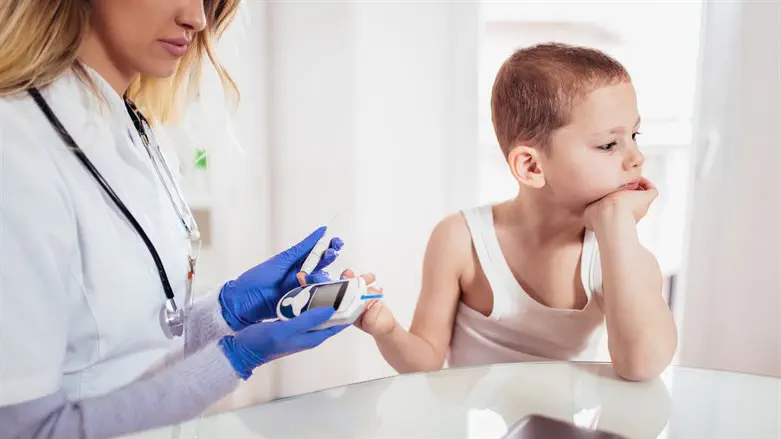
A prominent San Francisco health researcher has criticized a new study by the US Centers for Disease Control, calling the study “embarrassing”.
On Friday, the CDC published an associative, retrospective cohort study which found a correlation between diagnosis with COVID-19 in children and an elevated risk of being diagnosed with diabetes.
The study drew on health insurance billing records from two companies, IQVIA and HealthVerity, looking at a pool of children billed by the insurers with medical record coding indicating COVID infections and comparing it to a group of children with no record of being diagnosed with the virus.
The CDC said the study indicated that among children, being diagnosed with COVID was associated with a 2.5-times greater risk factor for being diagnosed with diabetes 30 days after the COVID diagnosis.
But Dr. Vinayak Prasad, a San Francisco-based hematologist-oncologist, health researcher, and associate professor at the University of California at San Francisco, pushed back on the CDC’s claims Sunday, calling the study “problematic” and “embarrassing”.
“The CDC publishes an embarrassing study,” Dr. Prasad said. “This study has a lot of problems with it.”
“I think it is a problematic paper, obviously,” Prasad continued, noting that the study failed to account for basic confounders between children diagnosed with COVID and those who were not diagnosed with the virus.
“The goal of the analysis is to get a group of kids who had COVID-19, and a group of kids who in other respects are the same. They’re just the same age, the same sex. They controlled for those two. But they have to be the same socioeconomic status, the same racial makeup, the same BMI [body-mass index] and all the other risk factors that go into getting diabetes.”
“But they don’t do that. They’re not adjusting for race, for socioeconomics, for BMI. Those things are important determinants both for getting SARS-CoV-2…and also diabetes.”
“They’re not adjusting for those values, so you’re not finding the independent contribution of COVID-19.”
Prasad also highlighted the small absolute values found in the study, with just 68 COVID-positive kids in the IQVIA sample of 80,000 being diagnosed with diabetes within 30 days of the COVID diagnosis, or 0.08%. That figure was roughly 2.5-times higher, when adjusted for sample size, to the rate of diabetes found among those without a COVID diagnosis. Of the 400,000 children with no COVID diagnosis, 132, or 0.03%, were diagnosed with diabetes.
“The absolute risk of diabetes due to COVID (if you believed this is causal) appears to be an increase on par with a swiftly eaten bag of skittles.”
Researchers also failed to account for the large number of undiagnosed cases of COVID among children.
“This is only kids who present and have a COVID19 diagnosis. Seroprevalence is needed to find the real denominator of kids with COVID19. This will lower the absolute risks. COVID19 may be downgraded from a whole bag of skittles to a single, red skittle.”
Prasad further noted that the increased rate of diabetes diagnoses among children after documented COVID cases could in part be caused by pre-existing diabetes being discovered during blood testing children treated for COVID would be more likely to undergo than children with no diagnosis of COVID.

